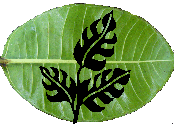|

Edible plant
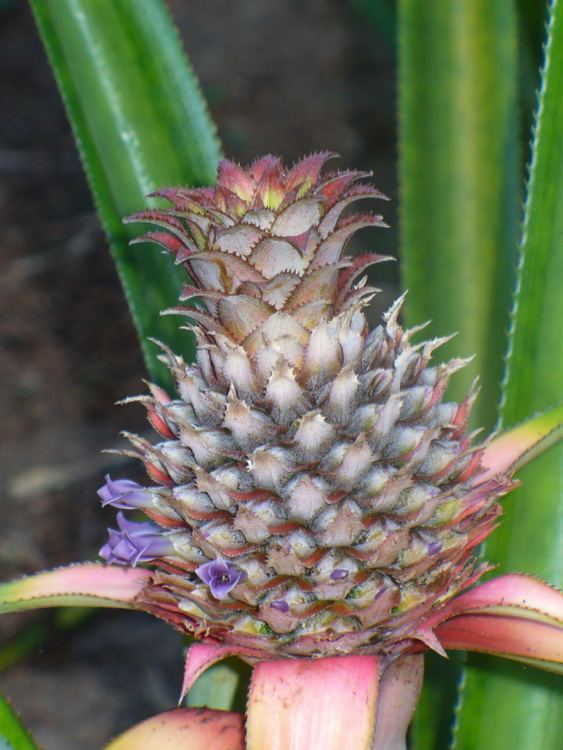
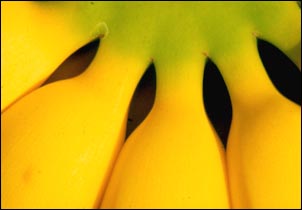


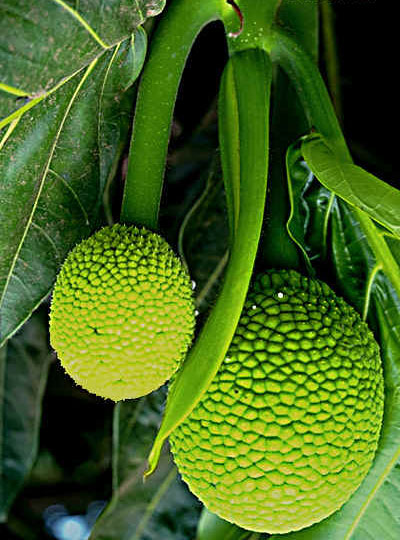
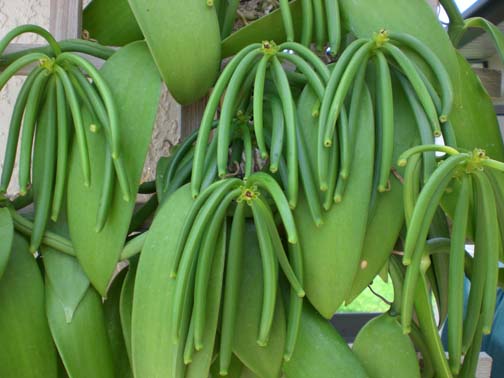
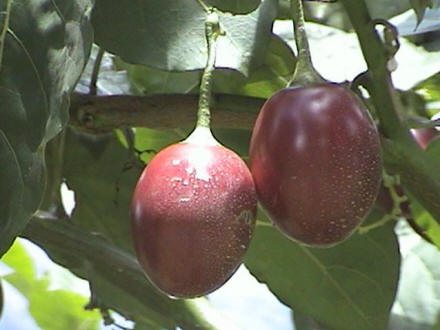


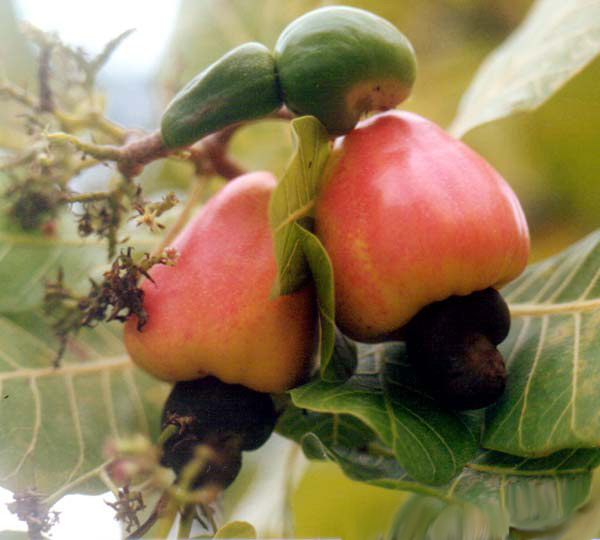
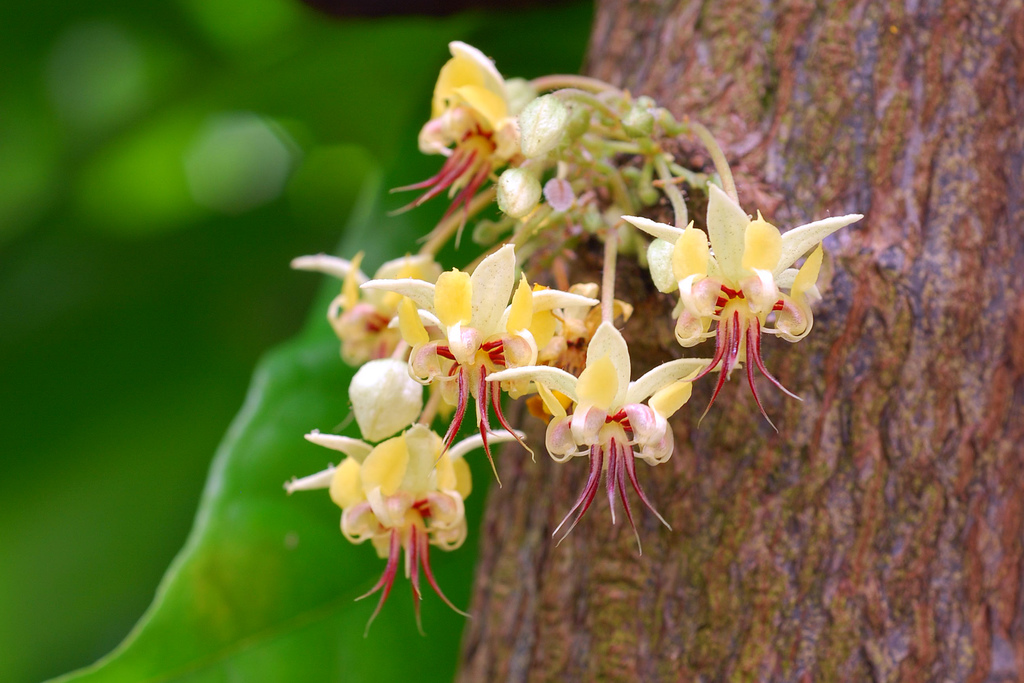
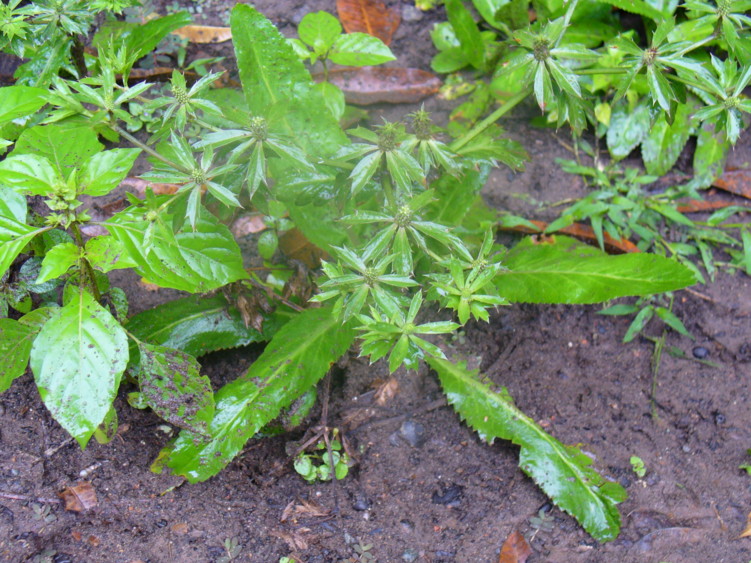
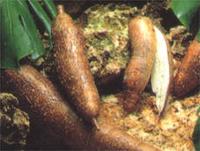

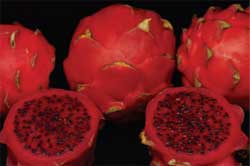

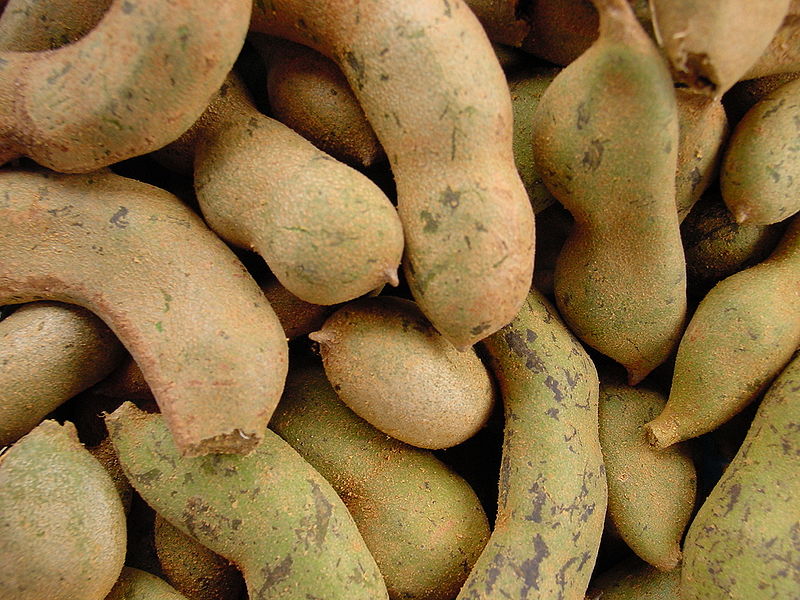
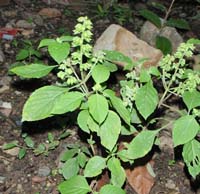

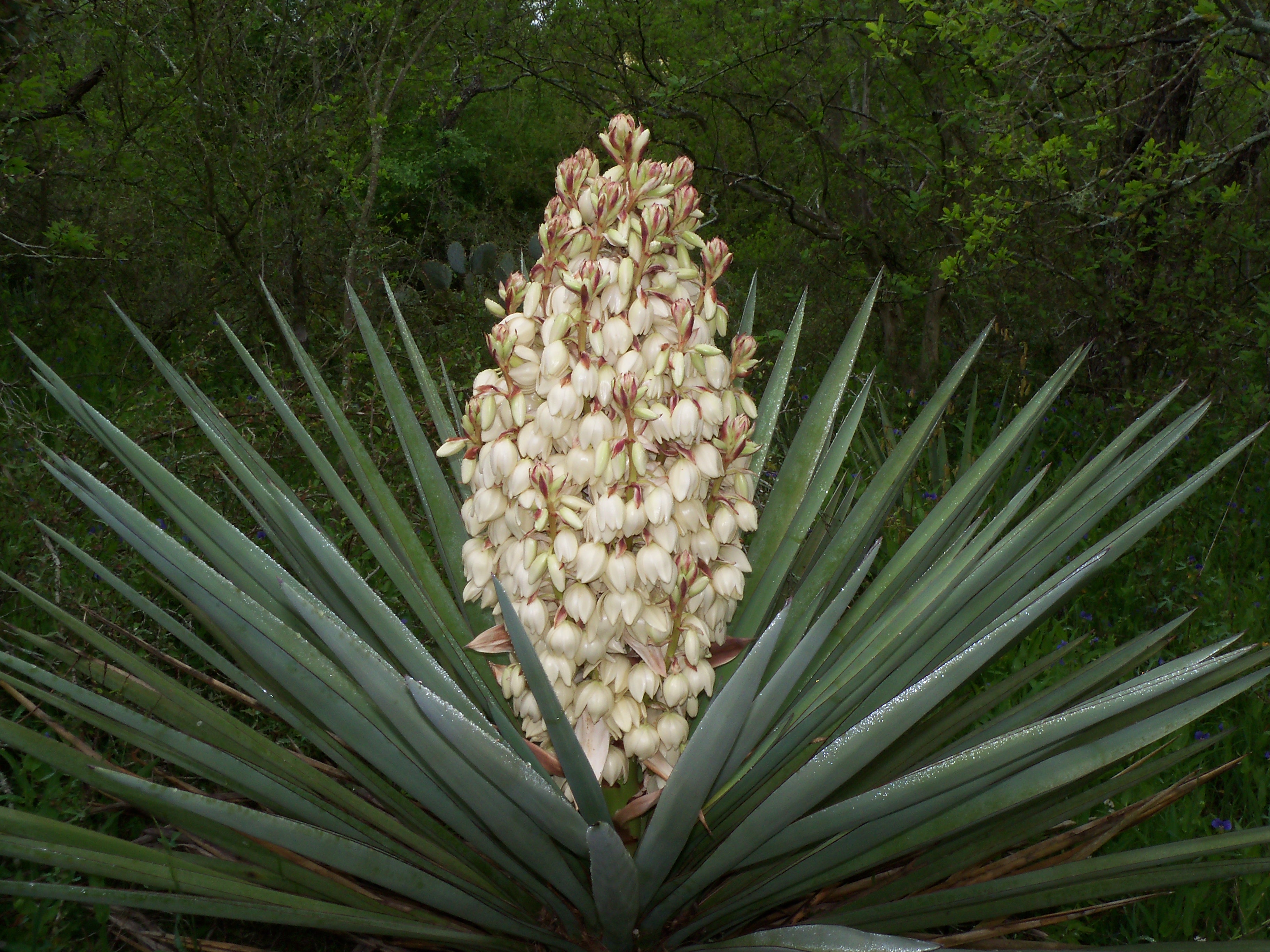
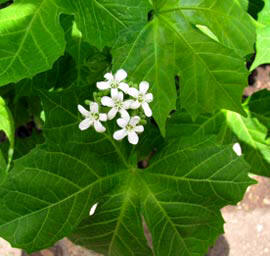
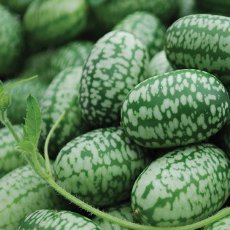
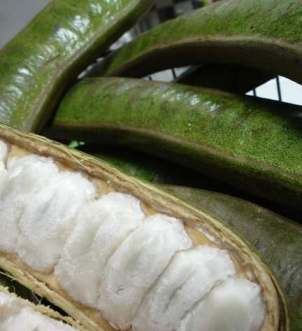
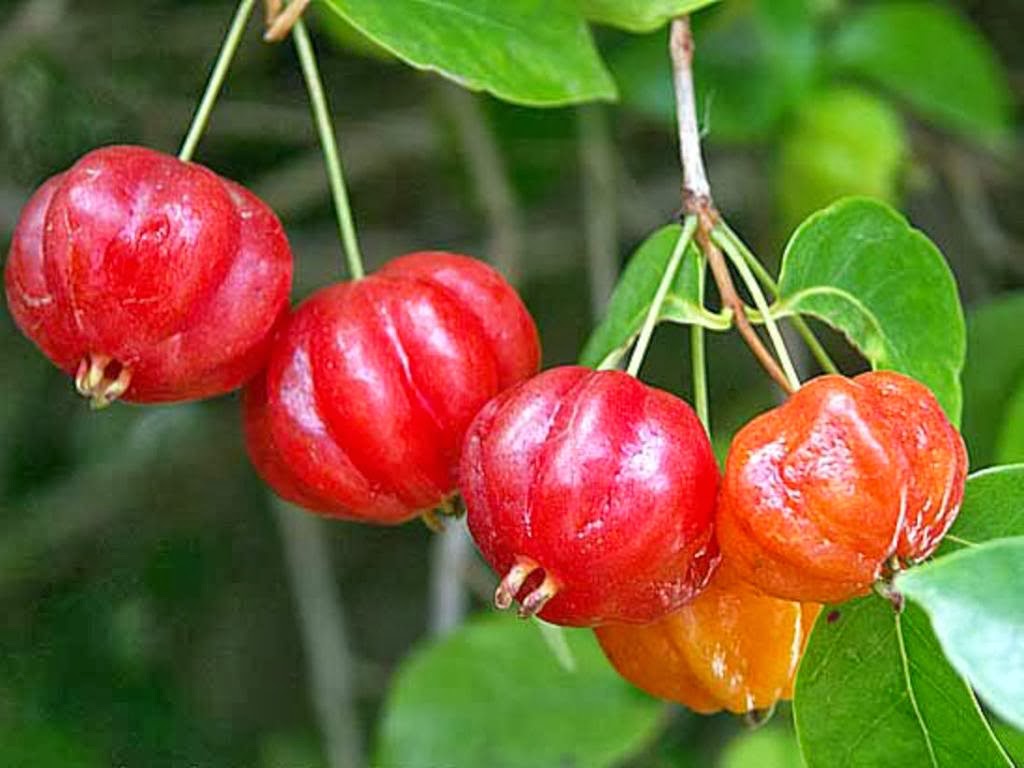
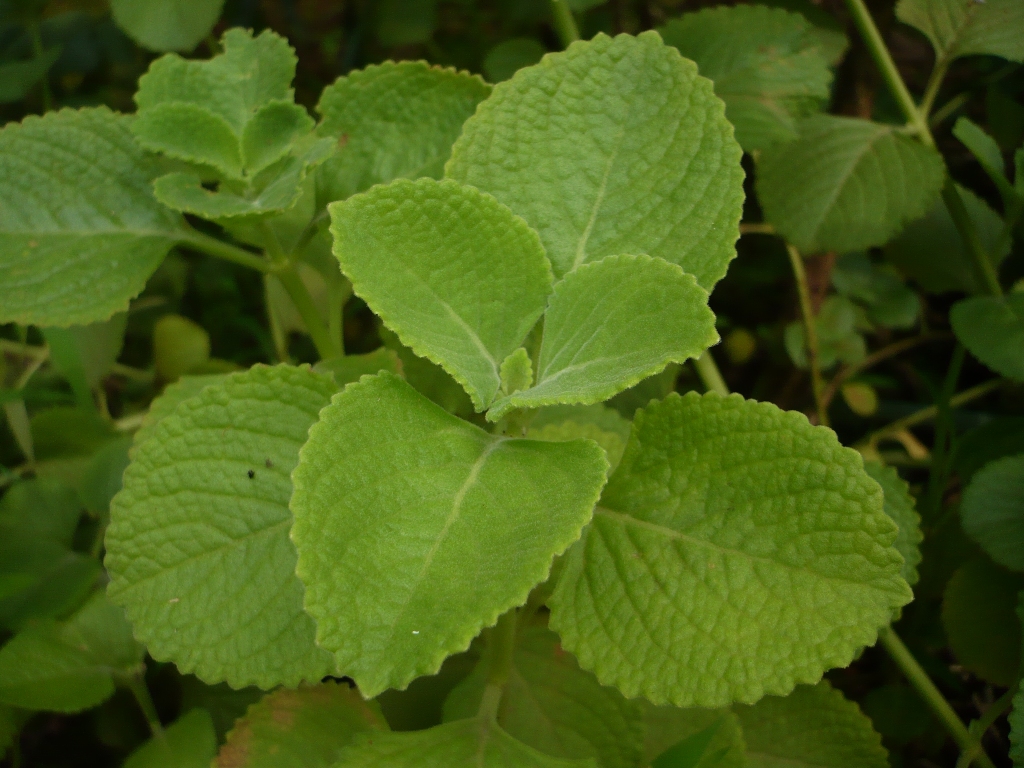
This is a topic that is extensive and as large as the history that created this incredible country. There are thousands of plants that are edible here, in fact there are over 2,000 varieties of fruits alone here! But with that in mind, it might be a good thing for you to know about
how the productive land here in Guatemala became the demise of its abundant rainforests that were once here. Believe it or not, it has to do with agriculture, money, and as all power corrupts, how the powers of government trade influenced what happened and continues. If you are interested, click here.
You will find that this category will overlap with the categories of "Medicinal Plants" and "Trees" as they produce many foods as well being good for your health. For that reason you will find a little redundancy in content.
The pictures on this page direct you to different edible plants around Rio Dulce.
To navigate this site you simply click on a picture to take you to more information on that plant. Then click that picture for more in depth information.

 Banana (Musa acuminata)
[Banano] Probably the most important plant in Central America is the banana, please read the page on agriculture for a better understanding. From its use as a subsistence backyard drop to its role in international politics, the banana has left its imprint on human ecology in Latin America, it is likely that the banana will be included no matter what level of the study addressed.
The banana plant has been cultivated for over 4,000 years and has been extensively hybridized. Originally from Asia, it is really not a tree in the true sense, it is a Heliconia. Instead of having a woody trunk, its trunk is made up of the remnants of the closely packed leave sheaths formed after the leaves have died and fallen off. It grows from 10 to 30 feet tall. The banana tree is a steril hybrid, in spite of bearing flowers, it reproduces through basal suckers at its base and only produces bananas once per tree.

 Basil (Ocimum basilicum L.)
Locally called Albahaca, it is not normally used as a spice here in Guatemala, this commonly found plant is a great addition to any meal as well as the medicinal values it produces.
Click the photo for more information.

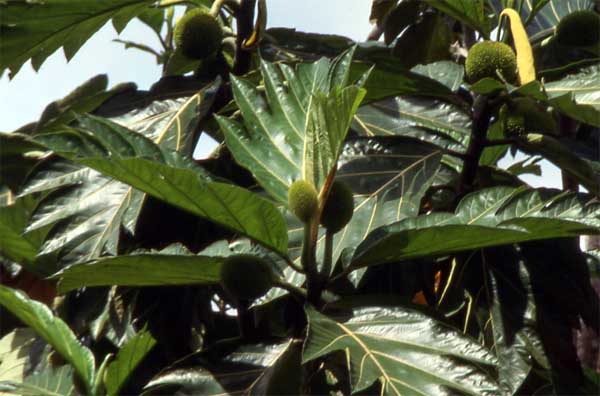 Breadfruit (Artocapus altilis)
[mazapan] Originally introduced from Tahiti (via England and Captain Bligh of "Mutiny on the Bounty" fame). Probably not surprising is that when
it is deep fired, it tastes just like bread.

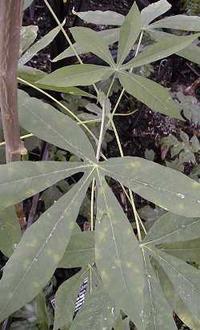 Casava(Manihot esculenta)
Called Yuca, or Cassava, is indigenous to the rainforest, but is now grown
all over the tropics. It is one of the main crops for farmers and a
primary source of carbohydrates for the people. Yuca is found everywhere
among the rainforest and is a daily food source for the people
of the lowland tropics.

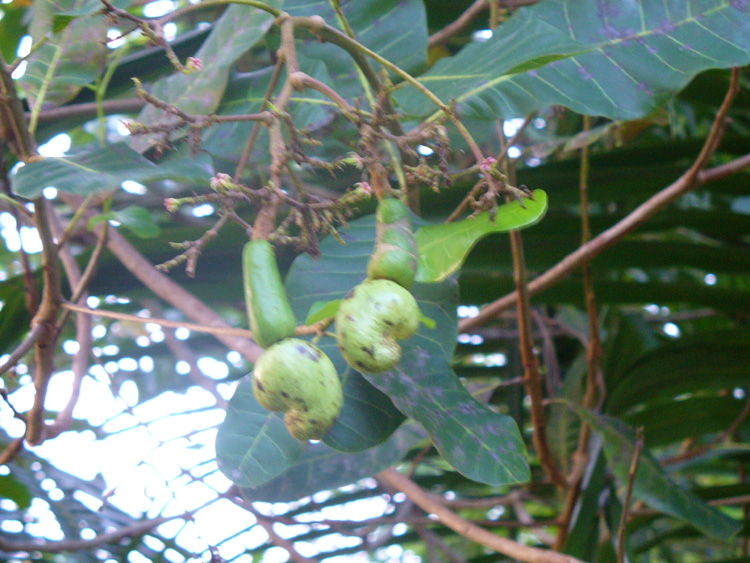 Cashew (Anacardium occidentale)
Mid April you are apt to see a fruit with an embryonic looking attachment to it. Related to poison ivy, you need to take care before opening a seed pod and eating the cashew itself, but the tangy fruit is good, juicy and stringy right off the tree.

 Cacao (Theobroma cacao)
(Cacao) Many tribes thought the cacao plant came from the gods, hense the name Theobroma, meaning "food of the gods." It was used as a currency by the Aztecs and Mayans. After the Spanish conquest of the country in the mid- to late 1500's, cacao became the most important cash crop in the country. Throughout the 1700's the seeds were still used as currency. Coffee soon replaced cacao as the leading export crop, so that by the late 1800's cacao production had virtually ceased.

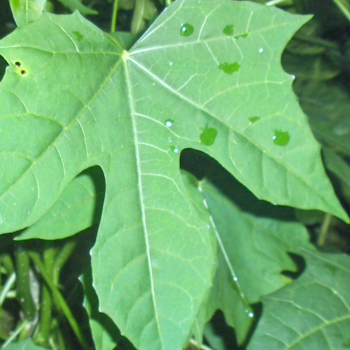 Chaya (Cnidoscolus aconitifolius)
Chayamansa (chay-uh-MANZ-uh) a combination of the Mayan word for the plant, “chaay” and the Latin mansa meaning house, dwelling or farm, read Chaya a domesticated plant. It is also said chay-uh-MAN-suh. Aconitifolius (a-kon-eye-tih-FOH-lee-us) means Aconitum-like leaves. Chaya is said CHA-yah. Chaya was of significant importance to ancient peoples of the Yucatán Peninsula and perhaps elsewhere within the Maya region.

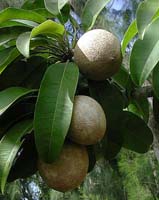
Chico Sapote (Manilkara zapota)
Family: Sapotaceae Juss.
Origin: Yucatan
Avg. Height X Width: 12' X 8'
Historically, M. zapta was an important source of timber and latex in the new world tropics.
Click on the picture for more information.

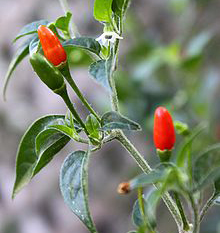 Pequin pepper (Capsicum annuum)
Scoville heat units (SHU): 40,000 – 60,000 Jalapeño reference point: 5 to 24 times hotter! The pequin pepper shares many similarities with its cousin the chiltepin, and they are often confused as the same thing.

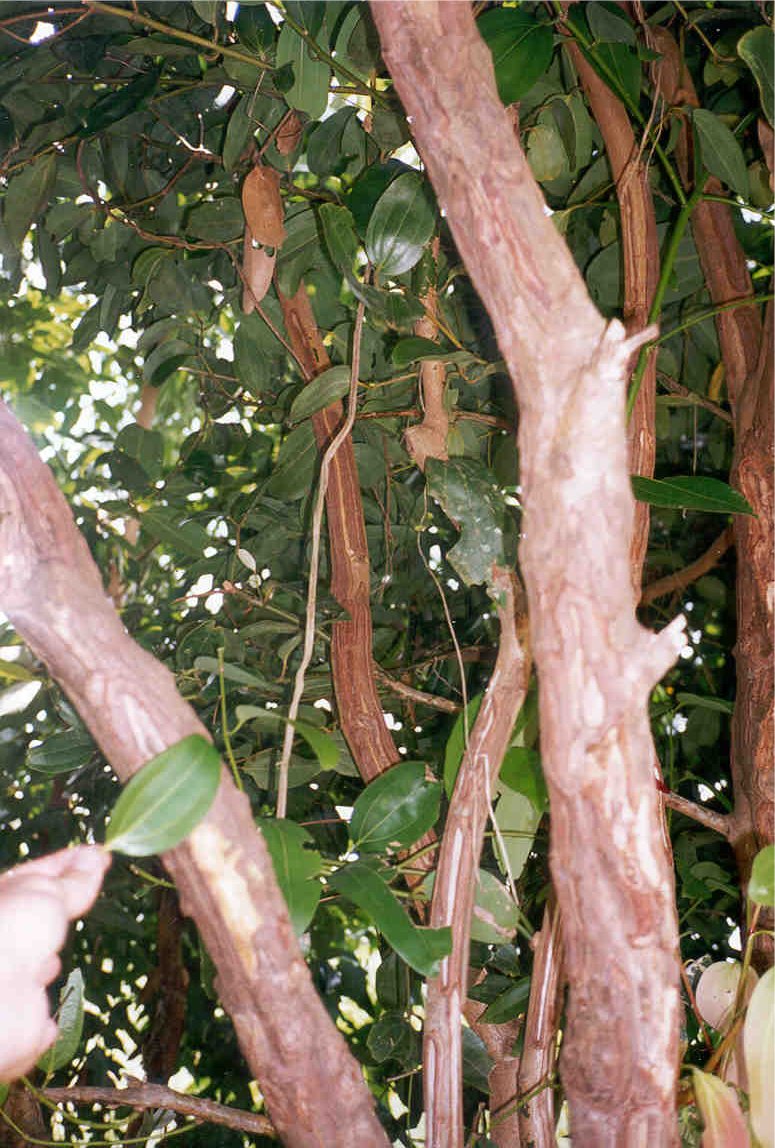 Cinnamon (Cinnamomum verum)

 Coffee(Coffea arabica)
Although coffee is not grown commercially in Rio Dulce, there are many coffee trees in the area. Originally Coffee was shipped from overseas as an ornamental plant as early as 1750 to Guatemala by the Jesuit Fathers. Commercial production did not start until the earliest 1800's in Guatemala and Costa Rica. While El Salvador, Nicaragua, and Honduras started in the second half of the XIX Century.
German immigrants to Guatemala, Nicaragua and Costa Rica were the ones responsible of the industrialization that initiated the trial of the production, processing, and commercialization of coffee in these countries in the XIX Century.
Click on the picture of the coffee beans to learn more about Coffee in Guatemala.

 Corn(Zea mays)
(Maiz)I realize that corn isn't particularly new to anyone, but as in many indigenous cultures, corn played a major role in the mythology of Aztec and Mayan creation.The best source for ancient highland
Maya cosmology is the Popol Vuh which describes the creation of the world
and the role of the gods in maintaining life. The text relates the
history of a god named Hun Hunahpu, likely a manifestation of the Precolumbian
Maya god of maize, who descended beneath a great mountain into the underworld
realm of Xibalba, there to confront the twin lords of death. After
a number of trials, the maize god was ultimately defeated and sacrificed.
The victorious underworld lords then took his head and placed it in the
branches of a dead tree. The instant the head touched the tree, it
miraculously came to life with abundant foliage and fruits which resembled
the gods skull. In ancient Maya art, this was the sacred World Tree
which represented the ability of life to spring forth from the realm of
the dead. Like the maize god, the dead seed of corn is planted beneath
the earth in the underworld. With time, the grain of maize germinates
and sprouts new life from its dry, bony husk. Ancient art often depicts
the maize god rising out of a cleft in the earth with his arms outstretched,
a symbol of his rebirth from death as a maize plant. In the central
panel from the Temple of the Foliated Cross at Palenque, the World Tree
appears as a fruitful stalk of maize, each ear bearing the head of the
maize god.

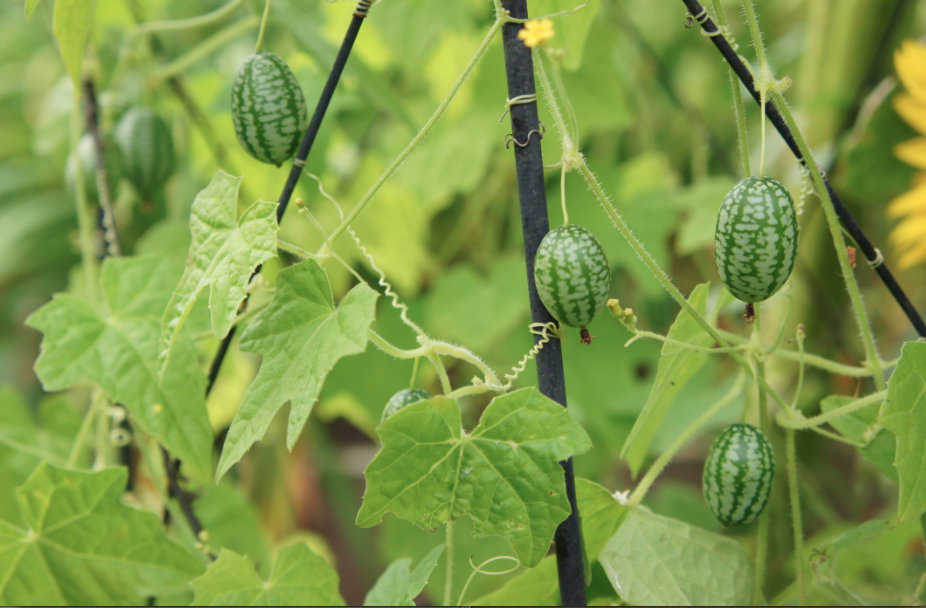 Cucamelon(Melothria scabra)
First described in 1866 by the French botanist Charles Victor Naudin. Also known as mouse melon, Mexican sour gherkin, cucamelon, Mexican miniature watermelon, Mexican sour cucumber and pepquinos.

 Culantro(Eryngium foetidium)
Also known as Spiny Coriander, Ngo Gai, Recao, and although having the same flavor as Cilantro, Culantro may be preserved easily by freezing or drying. Small and low growing, with a rosette of toothed, lance-shaped leaves. Medicinal: Traditionally used to treat fever and flu.

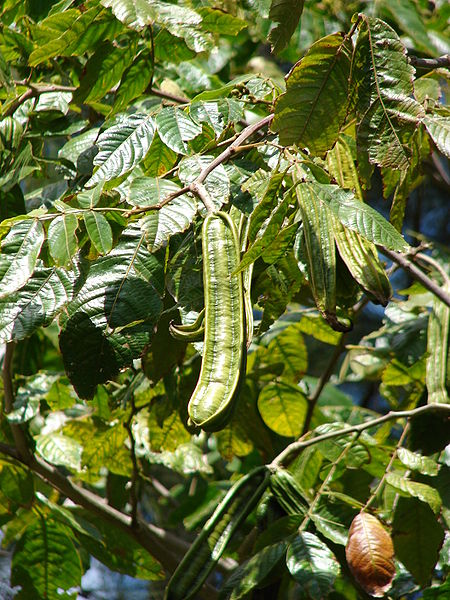 Paterna(Inga paterna)
In English they have been called "ice-cream beans" due to the sweet flavor and smooth texture of the pulp. Naturally growing Inga trees produce abundant root nodules, which fix nitrogen, thus adding nitrogen to the soil rather than taking it away, hence benefitting the land by increasing fertility levels.

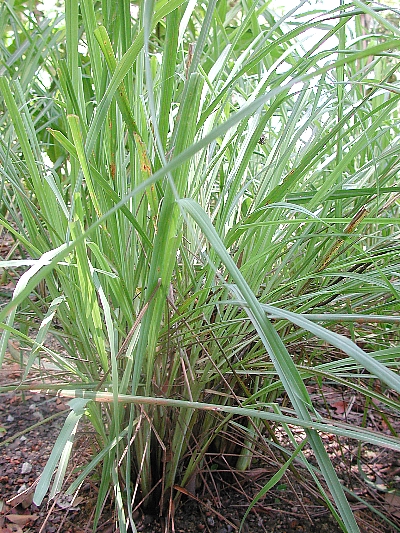
Lemon Grass (Cymbopogon citratus)
A tall clumping grass assumed to have its origins in Malaysia. Widely used as a herb for cooking as well as for its medicinal values and being an insect repellent.

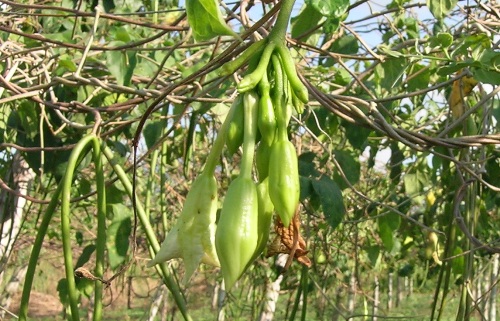
Loroco (Fernaldia pandurata)
Loroco is a delicious exotic flower, native of Central American countries. It is an important and popular source of food in Guatemala and El Salvador. The plant's buds and flowers are used for cooking in a variety of ways, including in pupusas.

 Mango (Mangifera indica)
Although you normally see only one variety of mangos for sale in the common marketplace, there are many other varieties grown locally that have a much smoother texture and taste.

 Mexican Oregano (Lippia graveolens)
A fast growing, low maintenance plant with an almost succulent leaf. When dried, the leaves tend to curl up that’s why this herb is also termed as curly-leaf oregano. As compared to Mediterranean oregano, Mexican oregano has a more floral and grassy aroma.When dried, the leaves tend to curl up that’s why this herb is also termed as curly-leaf oregano. As compared to Mediterranean oregano, Mexican oregano has a more floral and grassy aroma.

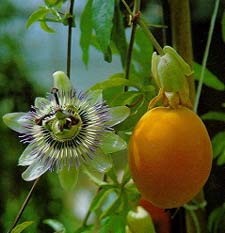 Passionfruit(Passiflora incarnata)
There are several species of these beautiful vines. Passion fruit is a self pollinating vine that grows climbing with tendrils. Locally you can find one called Maracuya which has a flavor similar to grapefruit that makes an amazing juice drink and another called granadilla which is much sweeter. Fruits ripe in May and June; its pulp is used extensively in fruit juice drinks or in baked desserts.

 Papaya(Carica papaya)
(Papaya) The papaya is a short-lived, quick-growing, soft-wooded tree that has never been found in the wild. They have been known to be hermaphroditic and able to polinate themselves. Interestingly, both male and hermaphroditic trees (but never females) can undergo sex reversal; the type of flower produced on one tree apparently depends on age, season, and probably other variables as well. In any case, the sex of a tree can not be determined until flowering starts.


Pineapple (Ananas comosus)
(Pina) Members of the monocot family Bromeliacase, which consists primarly of small epiphytic species, often called "air plants". There is a wild species centered in South America with small fruits but what we recognize as a pineapple is domesticated and not found in the wild. It may have originated in the Amazon of Panama basin, but by the time Columbus arrived, it was already cultivated widely throughout the Americas.

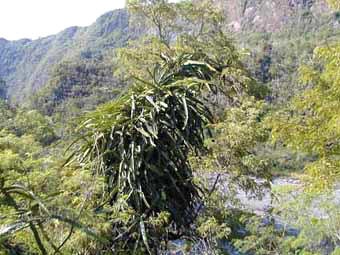 Pitahaya(Hylocereus undatus)
Those epyphitic cactus you see in the trees? You bet they produce an edible fruit! Fruit grows June to October. Native to Mexico and Central America as well as throughout the tropics.

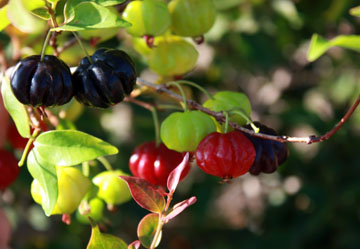 Surinam Cherry (Eugenia uniflora L.)
Known as pitanga, the plant is relatively pest resistant, easy to grow and high in antioxidants.

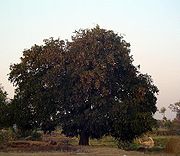 Tamarind (Tamarindus indica L.)
The tamarind is native to tropical Africa and grows wild throughout the Sudan. It was introduced into India so long ago, it has often been reported as indigenous there also. It is extensively cultivated in tropical areas of the world. Sometime during the sixteenth century, it was introduced into America and today is widely grown in Mexico and Central America.

 Vanilla (Vanilla planifolia)
A succulent looking orchid that blooms many yellow-green flowers 3/4 inch across, with yellow-haired lips, followed by pendulous, cylindrical, brown seed pods, 6-10 inches long in Spring. To learn more about vanilla cultivation click on the image to the left, to learn more about its history in Mayan culture click here.

 Yucca(Yucca guatemalenisis)
This is the tallest of the Yucca species of the family Agavaceae, the flower is called Izote and is a somewhat bitter but tasty addition to some meals. The points on the leaves that are used to make needles, the leaves themselves are a good strong rope and the juice of the plant can be brewed into a beer called pulque.
|
|















































